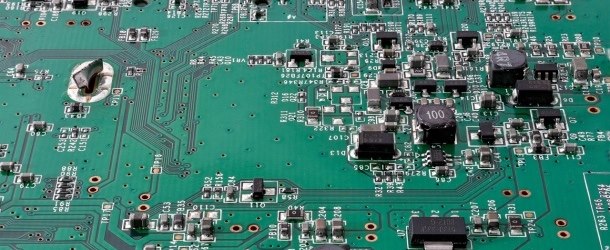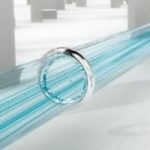Faster Way to Rearrange Atoms Could Lead to Quantum Sensors

(SpectrumIEEE) The fine art of adding impurities to silicon wafers lies at the heart of semiconductor engineering and, with it, much of the computer industry. But this fine art isn’t yet so finely tuned that engineers can manipulate impurities down to the level of individual atoms.
Scientists recently announced a study in which they did rearrange individual impurities (in this case, single phosphorous atoms) in a sheet of graphene by using electron beams to knock them around like croquet balls on a field of grass. The finding suggests a new vanguard of single-atom electronic engineering says research team member Ju Li, professor of nuclear science and engineering at MIT,
Impurities in h-BN are currently attractive candidates for quantum sensors and quantum computing chips. “There is an ecosystem there,” says Li of the quantum technologies being developed for h-BN today. “It’s like a chicken and egg situation. People say it would be nice if we had this kind of defect [in h-BN], but they don’t know how to create it. And we can create a whole bunch of defects, but we don’t know what kind of quantum [technologies] we can do.”



















